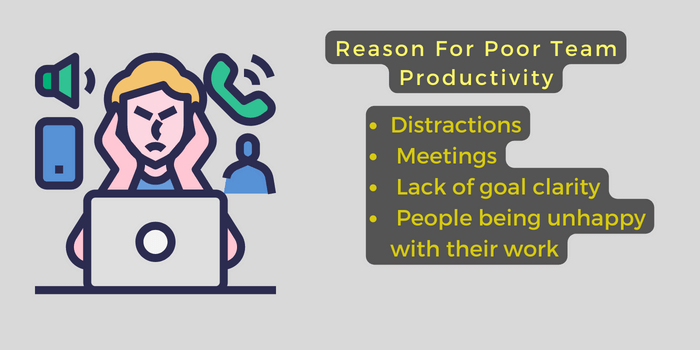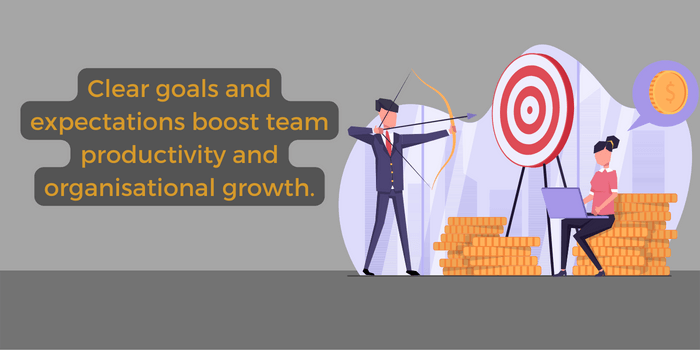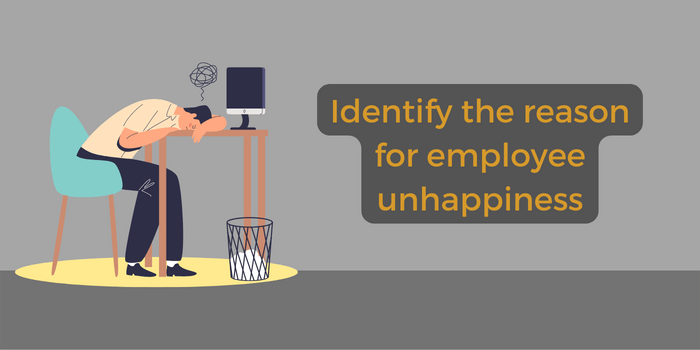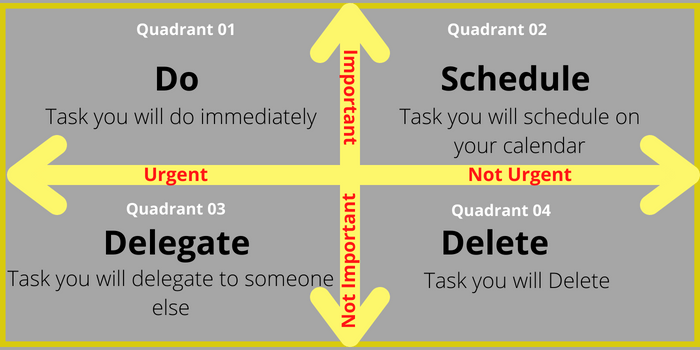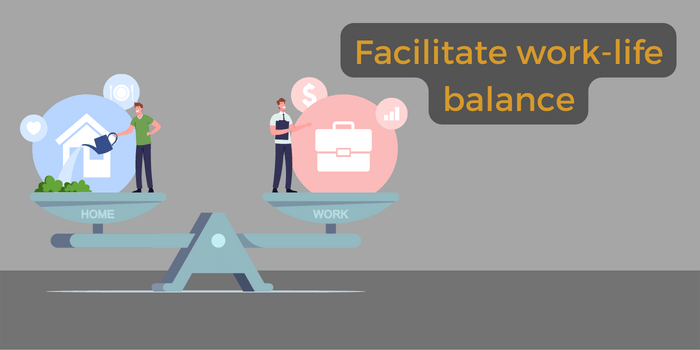In 1980, the world witnessed one of the greatest games of ice hockey ever played in the 20th century. The U.S. National hockey team beat the Soviets by 4-3 during the Winter Olympics.
The Soviets were favoured to win, being the unbeaten champions of the last five Winter Olympics. In contrast, the U.S. team consisted of amateur players who had never played professional hockey in their lives. It was such an astounding saga of victory and one of the most dramatic upsets in Olympic history that the game went on to be called Miracle on Ice.
The reason behind the U.S. success was extraordinary teamwork and collaboration. Coach Herb Brooks rallied the players and built them up to be such a strong, committed team working together for a single cause that victory was almost inevitable.
This story underscores what even underdog teams can achieve, even against insurmountable odds, if team members can work together.
But unfortunately, team productivity continues to be a major challenge for most organizations. In this article, we discuss seven strategies to improve team performance. If you are in a leadership position, you have the opportunity to influence your team positively using these strategies.
What is team productivity?
According to Harvard Business Review [1], productivity is about efficiency and quality over quantity. It’s not about doing more work but doing tasks in an efficient manner.
Now that the distinction is clear, here are some stats on team productivity:
- Research indicates that, on average, an employee is productive only about one-third of the 8-hour workday.
- The good news is when employees are engaged, they are 21% more productive than other, non-engaged, or unhappy employees. [2]
Team productivity is crucial to an organization’s success, regardless of size. It is the core responsibility of every leader to build an engaged, productive team.
So, why does team productivity suck?
Unfortunately, team productivity remains a rather distant dream for many organizations. Here are some of the common reasons.
Distractions
General office noise (visitors, conversations, ringing phones, chatty coworkers in open seating plans) and digital distractions (smartphones and office internet) cause the most number of distractions in the workplace.
Too many emails, micromanaging bosses, and an uncomfortable office environment (lack of light, poor air quality, or uncomfortable office furniture) are also reasons behind distractions.
Meetings
Unnecessary meetings are rife in many workplaces.
About 34% of respondents in a survey [3] revealed that they spend two to five hours in weekly meetings that don’t amount to anything.
Lack of goal clarity
When employees don’t know what they are working towards and what’s expected of them, they fail to accomplish anything.
In the absence of clear concrete goals with accountability, team members get confused and the environment becomes chaotic. You will see duplication of work, severe bottlenecks, and blame games in a team or project that lacks goal clarity.
People being unhappy with their work
Sometimes, the reason behind low productivity could be something as simple as people being generally unhappy with their job.
Shawn Achor, a Happiness Researcher who works with Fortune 100 companies, explains in his book The Happiness Advantage, how when people are happy, they are better at solving problems and collaborating effectively with their coworkers.
How do we improve team productivity?
The good news is that a good manager or team leader can make a difference in the team’s productivity and output. Listed below are 7 practical strategies you can implement, regardless of your team size.
1. Create a culture of deep-focused work
If you are in a leadership role and you must pick just one thing to implement, pick this one.
Task switching happens when a task is interrupted voluntarily or involuntarily to pay attention to another task. Task or context switching has shown to cause mental fatigue and reduce performance. [4]
If employees keep switching between tasks, they cannot be productive. This switching costs can add up to several thousands of wasted hours every year.
Here’s how leaders can create a culture of deep-focused work:
- Schedule time blocks of deep work. These hours can be treated as “do not disturb” time to minimize office chatter.
- During deep work time blocks, the team can use the Pomodoro technique where they do focused work in 25 or 50 minute intervals, with a 5 or 10 minute break.
- Encourage employees to put their phones on silent mode and turn off email notifications during the deep work hours.
- Cut down on communication and let the team know that they don’t need to respond to every Slack, WhatsApp, Trello, or Asana message immediately. Trim down the number of channels and set aside separate times to respond to non-urgent messages.
- Set no-meeting days every week.
“To produce at your peak level, you need to work for extended periods with full concentration on a single task free from distraction. Put another way, the type of work that optimizes your performance is deep work.”
― Cal Newport, Deep Work: Rules for Focused Success in a Distracted World
At HabitStrong, we run the Deep Work & Flow bootcamp which trains you to build the habit of doing deep, focused work every single day. This is one of the highest ROI habits you can build for your career.
2. Set clear goals for individuals and the team
Clear goals and expectations directly lead to higher team productivity and organizational growth. Not only that, regular conversations about individual and team goals also increases confidence in achieving them. [5]
Do the following to establish clear goals and expectations:
- Set SMART (Specific, Measurable, Achievable, Relevant, and Time-Bound) goals for each team.
- While setting goals, assess the strengths and weaknesses of the team and each individual team member. Play to your team’s strengths and make it easy for them to succeed.
- Discuss team goals weekly or bi-weekly as opposed to quarterly or annually. Teams that hold weekly discussions of their goals feel 3x more confident about achieving them. [5]
- Actively seek employee inputs during these check-ins. If needed, tweak the goals. Set aside time for clearing bottlenecks.
3. Avoid unnecessary meetings, do this instead
This is a no-brainer. Too many meetings force employees to stay after office hours and complete their work. As a result, they start to feel frustrated and burned out.
Do this instead:
- Plan only necessary meetings
- Set strict time limits
- Stick to the agenda to avoid wastage of time
- Hold stand-up meetings (no longer than 15 minutes) to keep them short
In his TED talk, Psychologist Steven Rogelberg talks about 10-15 minute meetings as a tool that every leader should consider. Short focused meetings mimic the sports team huddle where the goal is to quickly come together to strategize, monitor, motivate, or celebrate, and then immediately disperse.
4. Understand why people don’t like their work
Happy workforce = Productive workforce.
A study by University of Warwick found that happiness leads to a 12% increase in team productivity [7]. After Google invested in employee support, the rising employee satisfaction levels also showed a corresponding increase in productivity by 37%.
Evidently, any effort at making employees happy directly translates to higher productivity and greater profits.
In many cases, an unproductive work environment is a major reason behind unhappiness.
- Fatigued employees work slowly and find it difficult to come up with creative solutions. Address the reasons behind fatigue: long working hours, lack of natural light, or uncomfortable office furniture, to name a few.
- Prioritize hiring people who are truly passionate about their job.
- Identify and address signs of toxic work culture because it can lead to unhappiness. Bullying, gossip, and poor communication are some telltale signs.
- Talk directly to employees and address their concerns. Give your team members the undivided attention they deserve as they air their grievances.
5. Teach team members how to prioritize their daily tasks
Ability to prioritize work is the key to getting things done on time and has a direct impact on anyone’s productivity.
One tried and tested tool is the Eisenhower Matrix, which is also called the Urgent Important Matrix. It’s a simple, but highly effective tool to prioritize your tasks based on the level of importance and urgency of each task.
The matrix has four quadrants:
- Urgent/Important -> Do the task immediately
- Not urgent/Important -> Schedule on your calendar
- Urgent/Unimportant -> Delegate to someone else
- Not urgent/Not important -> Delete the task
6. Help your team without micromanaging
Micromanaging is the act of excessively controlling the work assigned to employees in a way that is counterproductive. It often leads to the breakdown of a team’s morale and efficiency.
People do their best work when they are given the freedom to do it their way. Micro-managing extinguishes their creative energies and they tend to lose interest in the task, delivering only the bare minimum.
How can you help your team without micromanaging? Try the following:
- Hold your team accountable by putting your trust in them. Trusting someone to ably discharge their responsibility is a huge positive motivator.
- Foster a culture of trust among the whole team. Have a common understanding that everyone has the freedom to work their way, but will deliver what’s agreed on without compromise.
- Establish clear roles, responsibilities, and commitments. Nothing unravels a team or project faster than ambiguous roles and expectations.
- Adapt your leadership style as needed. Listen to your team, apply what you learn from their feedback. Even if the team may not be able to directly articulate what style of leadership they prefer, there will be signs pointing to a particular preferred style.
- Have frequent one-on-ones where you ask your team members how they’re doing, and if they need help. Provide sufficient feedback with adequate support. Set them up for success and they will appreciate that.
7. Facilitate work-life balance
Last on our list of strategies to improve team performance is fostering work-life balance. This is one of the best ways to increase employee well-being and productivity over the long term.
Here are a few ideas on how employers can facilitate work-life balance.
- Offer remote and flexible working hours
- Restrict employee hours. Research has found that 40 hours a week is the ideal number of working hours
- Encourage paid time off to prevent burnout
- Offer counseling for mental health problems faced by employees
- Regularly review workloads to ensure that each employee has achievable targets
Conclusion
Improving team productivity with 10 or 100 members is no easy feat. It’s difficult to get everyone on the same page, but with a little tact, it’s possible to accomplish great professional goals.
Remove the guesswork from the equation and follow our tips above to improve efficiency and productivity in the workplace.
But if you have to pick just one tip out of all of the ones given above, we would wholeheartedly recommend scheduling deep work hours so employees get undisturbed blocks of time to get important things done.
As you take active measures to continually improve team satisfaction and build a workplace that is conducive to focused work, you will naturally see the team productivity improve.
Here’s to building a great workplace and a happier, more productive workforce.
–
Sources
[1] HBR, Amantha Imber. “What Super Productive People Do Differently” https://hbr.org/2020/12/what-super-productive-people-do-differently
[2] Jack Flynn. “20 Incredible Productivity Statistics [2022]: The State Of Productivity In 2022” Zippia.com. Apr. 14, 2022, https://www.zippia.com/advice/productivity-statistics/
[3] https://www.consulting.us/news/3287/professionals-say-too-many-meeting-and-calls-hamper-productivity
[4] Gopher, Daniel & Armony, Lilach & Greenshpan, Yaakov. (2000). Switching tasks and attention policies. Journal of experimental psychology. General. 129. 308-39. 10.1037/0096-3445.129.3.308.
[5] https://hypercontext.com/state-of-high-performing-teams-in-tech#The-impact-of-clear-goals-and-expectations
[6] The Power of You to Truly Make Meetings Work | Steven Rogelberg | TEDxUNCCharlotte
[7] ‘Happiness and Productivity’ by Andrew J Oswald, Eugenio Proto and Daniel Sgroi

